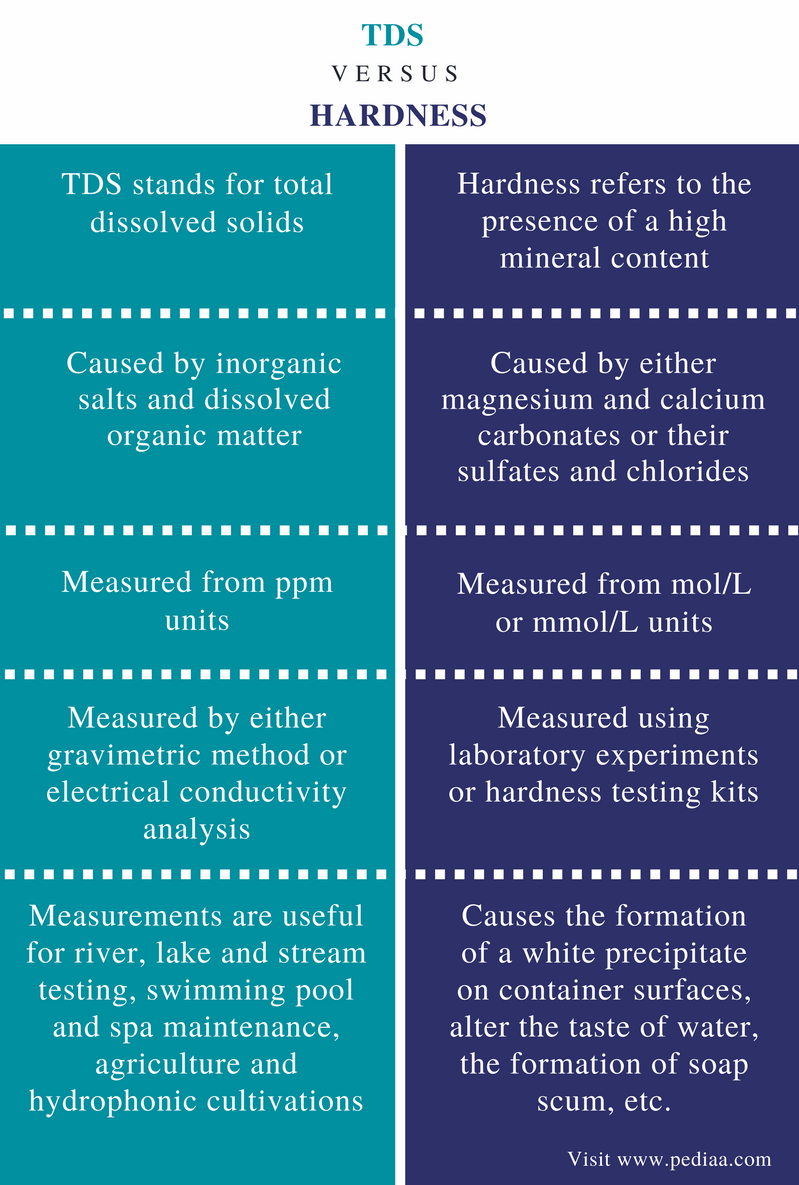Reverse Osmosis
An RO System has many benefits. It is fresher than stagnate bottle water and still has some minerals which are beneficial for your health. RO Systems are inexpensive compared to regularly buying & carrying bottled water and they are eco-friendly!
RO is the most convenient and effective method of water filtration. It filters water by squeezing water through a semi-permeable membrane, which is rated at 0.0001 micron (equals to 0.00000004 inch!). This is the technology used to make bottled water, it is also the only technology capable of desalinating sea water, making it into drinking water.
Non-RO water filters typically use a single activated carbon cartridge to treat water. They are much less effective, and the pore size on these filter media are much bigger, generally 0.5 – 10 micron. They can filter out coarse particles, sediments and elements only up to their micron rating. Anything finer and most dissolved substances cannot be filtered out. As a result, water is far less clean and safe compared to reverse osmosis filtration.
Water Softeners
Hard water is water that is contaminated with dissolved minerals:
Calcium, magnesium, sulfur, iron, lead and limestone – these can have a negative impact on you, your household and your pocketbook. Depending on where you live, contaminants from sewage, industrial waste and agricultural run-off can also seep into your water supply.
Hard water produces scale:
If there are stains or buildup on your sinks and bathtubs, if you have to use large amounts of soap to clean dishes or wash your hair or if your water tastes or smells odd, you probably have hard water. If left untreated, the minerals in hard water will cause yellow stains on plumbing fixtures and be deposited as scale, eventually clogging plumbing and shortening the life of appliances like washing machines, water heaters and dishwashers. Scale deposits not only cut down on the efficiency of these appliances, they cost you money, increasing both energy and maintenance bills.
Water softeners eliminate the effects of hard water:
They “soften” the water by removing the calcium and magnesium found there, extending the useful life of water heaters, washing machines, dishwashers, coffeemakers, humidifiers and household plumbing systems by as much as 30%.
For more information visit: http://pbjh2o.com/































